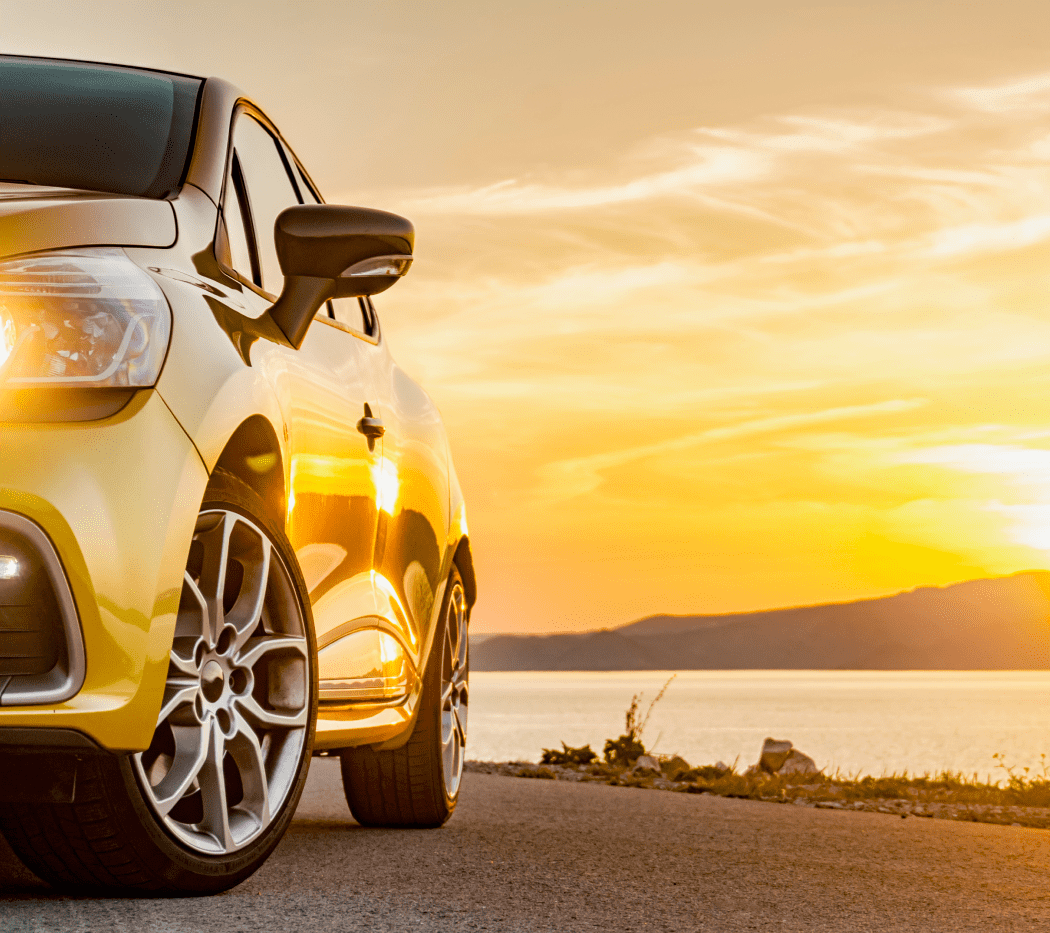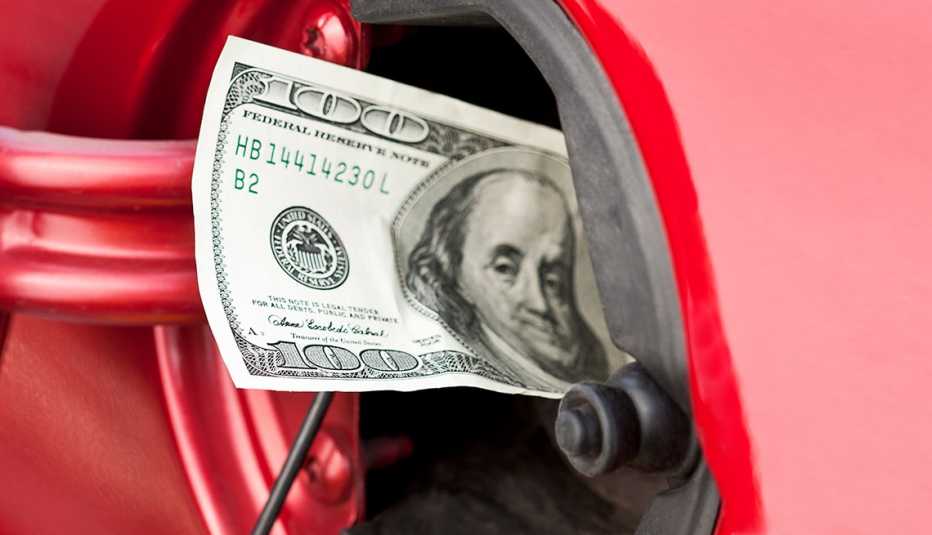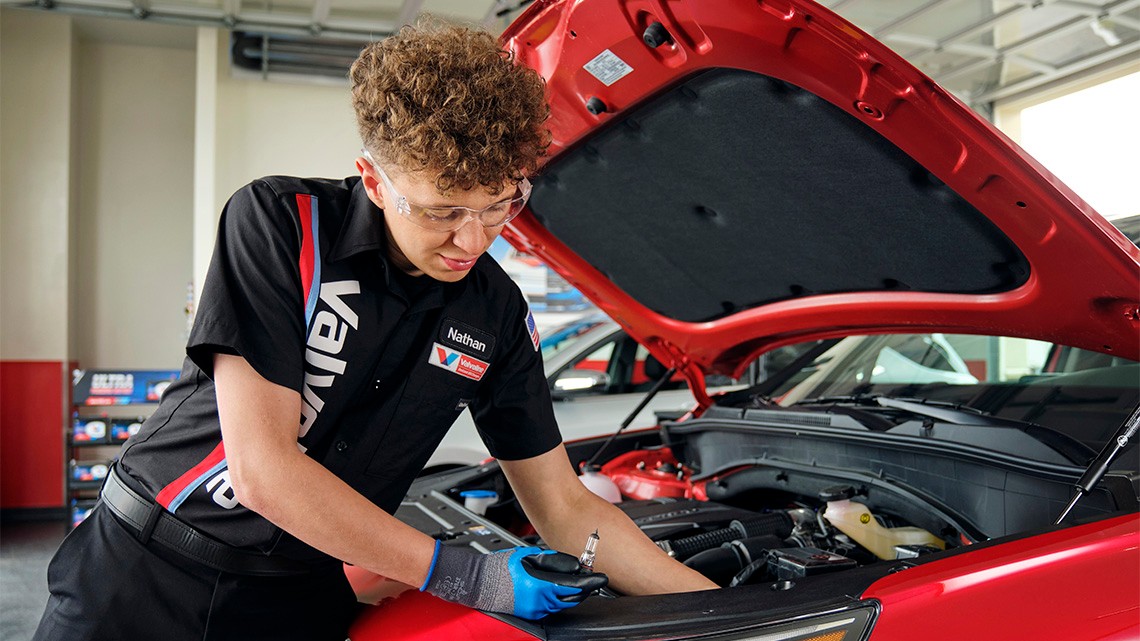Staying Fit


Inflation lurks everywhere when you own a car, it seems. Drive across a bridge? That’ll cost you $5. A simple car wash? $22. New wiper blades? Try the “optimal night clarity” model, $70 a pair.
And that’s just the small stuff. Over the 12 months ending in November, motor vehicle repair costs were up 12.7 percent. Auto insurance costs — prepare yourself — were up 19.2 percent. The average monthly payment for a newly originated new car loan rose 18 percent over the past two years to $726, according to the latest numbers from the Experian credit bureau. How come? Because a new car will set you back roughly $48,000, according to national averages.


AARP Membership— $12 for your first year when you sign up for Automatic Renewal
Get instant access to members-only products and hundreds of discounts, a free second membership, and a subscription to AARP the Magazine.
We asked professionals for their thoughts on ways to keep costs lower when driving and maintaining your vehicle.
Insurance
Shop around … slowly. Seeking competing policy quotes is standard advice; Doug Heller, director of insurance at the Consumer Federation of America, recommends doing this research carefully and methodically. Start with an online comparison site to get a sense of prices, he says. Then go to brand-name insurers’ sites for quotes. You might also consult a “captive agent,” who works for just one insurer (try word-of-mouth referrals), and an independent agent, who represents multiple companies. (Comparison sites include thezebra.com, policygenius.com and valuepenguin.com; you can find independent agents at trustedchoice.com, a directory linked to an insurance trade group.) “Even relatively comparable products from brand-name providers can have wildly different prices,” Heller says. “We’ve seen premiums that are hundreds of dollars different for the exact same coverage.”
Go to school. Taking an online safe driver course might get you a 5 to 10 percent discount on your car insurance, says Benjamin Preston, auto reporter at Consumer Reports. If you get a ticket, which can lead to higher premiums, going to traffic school may minimize the increase. Talk to your insurer to see if that will help, Heller suggests. (Learn about the AARP Smart Driver course.)
Agree to be followed. Many major car insurers have programs that track your driving behavior, rewarding you for safe driving. Discounts vary, Preston says, but can be up to 40 percent. Tracking is done through a device placed in your vehicle or connected to your smartphone, which collects information while you’re driving such as speed, braking, phone usage and time of day. You’re giving up your privacy, however, and your insurer might raise your premiums if it judges your driving to be unsafe.





































































More From AARP
EVs, Hybrids and Gas: Your Guide to the Latest on Cars
Changes around tax rebates, emissions are altering the market
How Do I Drive This Car? Rental Vehicles Are More Confusing Than Ever
New technology and features make unfamiliarity a challenge for travelers
9 Things You Didn't Know a Vehicle Could Do
9 Things You Didn't Know a Vehicle Could Do
Recommended for You